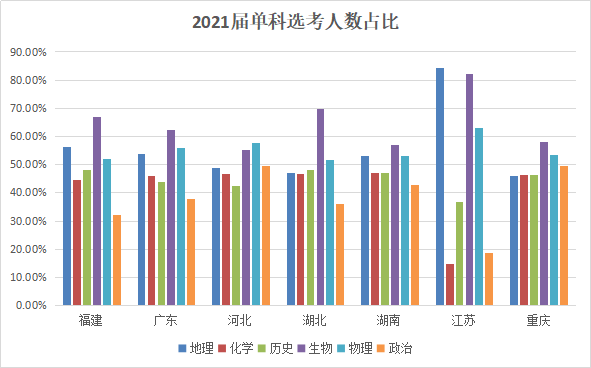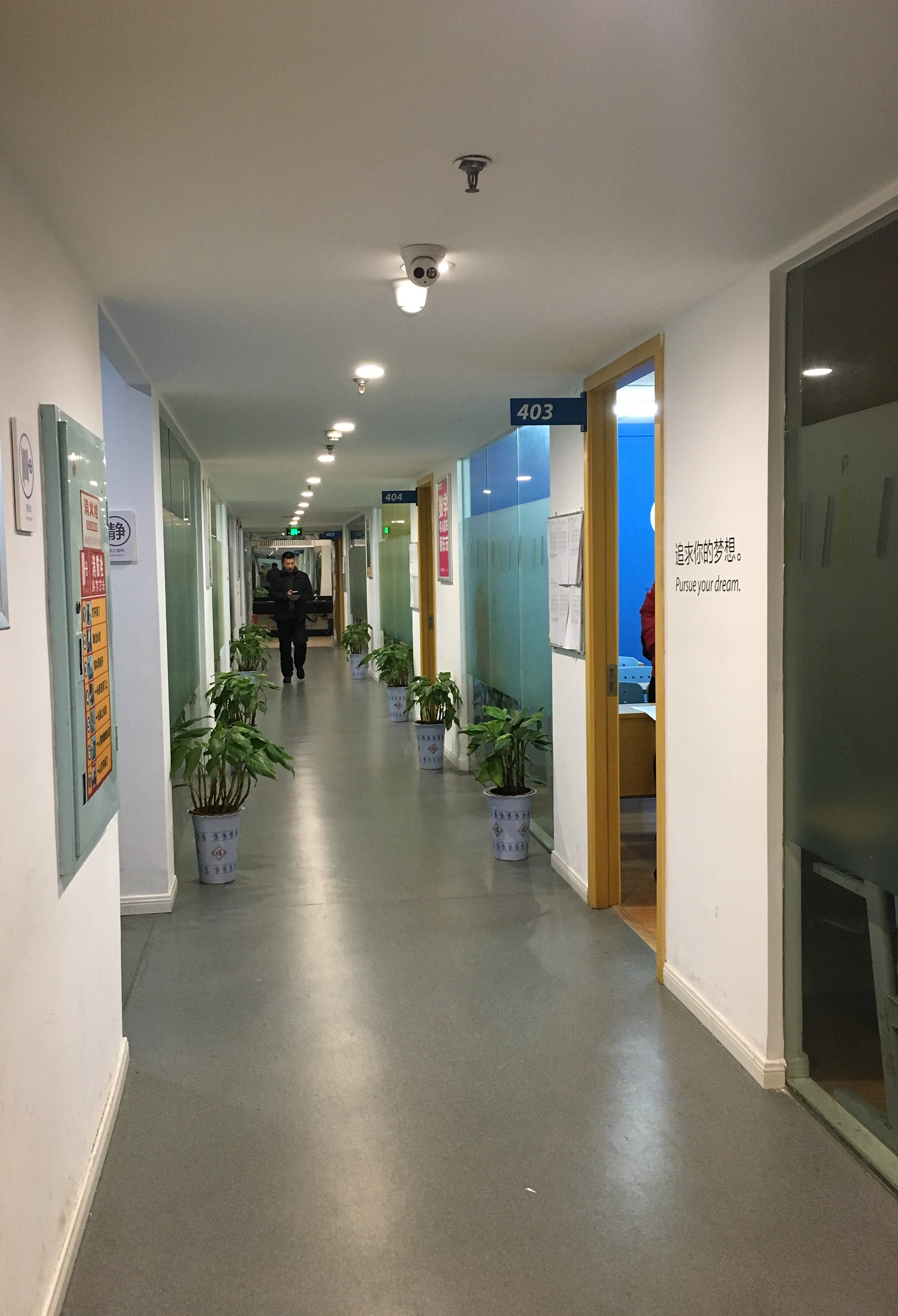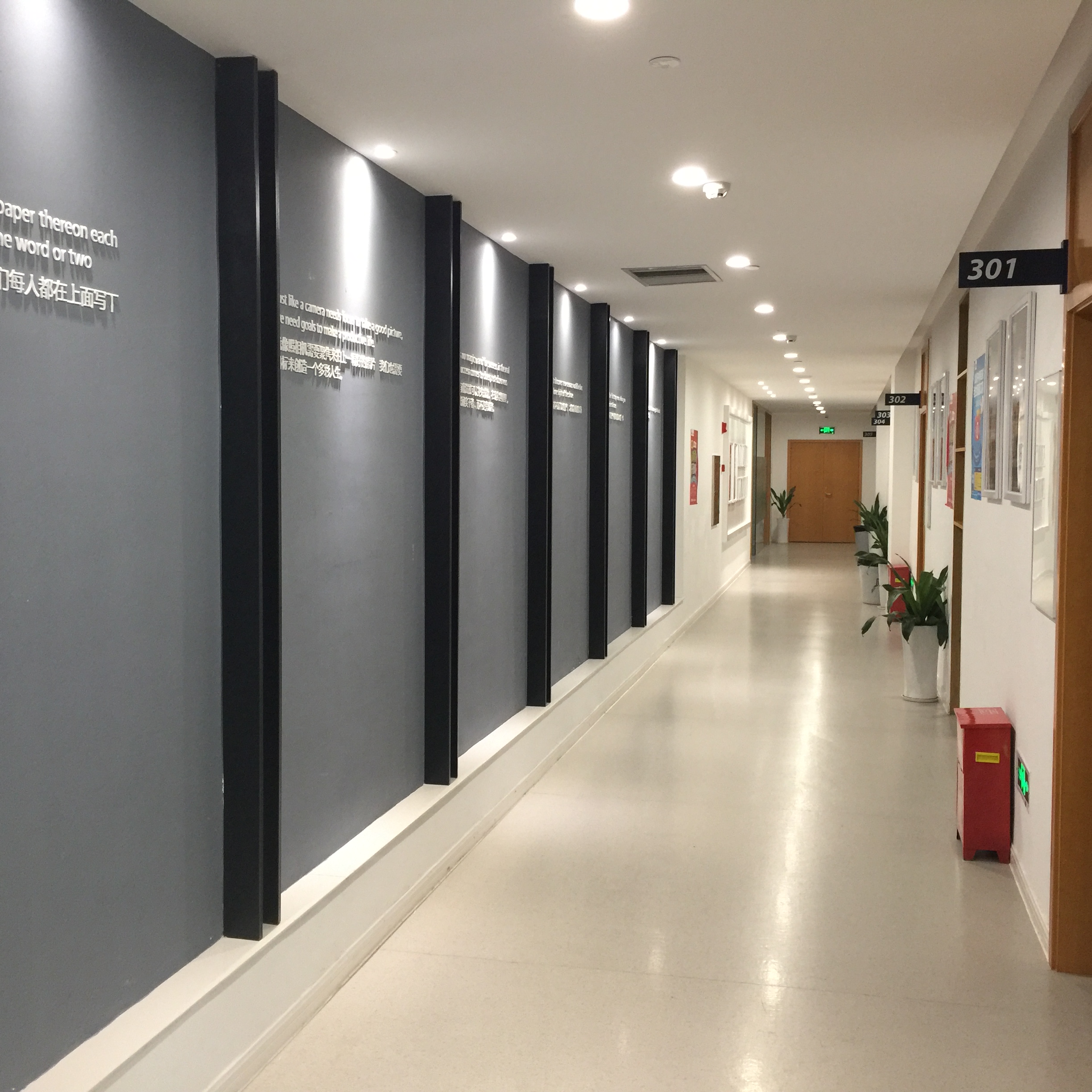——从新旧SAT写作对比中,看新SAT写作
饶泽慧
旧SAT写作的考试形式是,给考生一个Prompt 和一个当前热点话题,例如:Can people who are not famous are better role models than those who are famous? 考官希望考生就当前热点话题给出自己的见解,具体写法为,给出考生对于此社会现象的论点(point),再用论据examples来进行论证,最终说明,我们在这样结论的指导下,未来该怎么做。旧SAT注重学生对于某一社会现象的见解,考察学生的Critical thinking的能力,看问题的深度和广度。
新SAT作文的考试形式是,首先给了考生一篇文章进行阅读,一般阅读文章来自于世界著名刊物,例如Los Angeles Times, the New York Times 等等,阅读文章的内容是文章author 就当前社会上的一些现象,给出了自己的看法,并用了一些方式去证明自己的view,例如 personal story, allusion, rhetorical questioning, polls, reports, quotation等等,并在阅读文章的最后,总结和升华了author自己的观点,一般而言作者是在persuade his audience 去接受author的观点。看完阅读文章后,考生需写一篇文章,关于阅读文章中的author是如何persuade his audience 去接受author自己的观点,注意,考生写的文章不应该解释你是否赞同阅读文章中author的观点,你只需要非常有逻辑地去解释阅读文章中的author是如何persuade his audience 去接受author自己的观点的。考生在写文章的过程中,要注意,要指出阅读文章中author是用的哪些方法persuade his audience 去接受author自己的观点,例如personal story, allusion, rhetorical questioning, polls, reports, quotation等等。这种考试形式,在很大程度上,考察了考生的阅读理解能力,分析能力,和语言能力。新SAT更加注重学生在阅读完文章后的理解和归纳能力。
接下来我将带大家一起来解析一篇新SAT的作文。
我们先看一篇新SAT写作的阅读部分,带大家一起分析。
Adapted from Paul Bogard, "Let There Be Dark." ©2012 by Los Angeles Times.Originally published December 21, 2012.
At my family's cabin on a Minnesota lake, I knew woods so dark that my hands disappeared before my eyes. I knew night skies in which meteors left smoky trails across sugary spreads of stars. But now, when 8 of 10 children born in the United States will never know a sky dark enough for the Milky Way, I worry we are rapidly losing night's natural darkness before realizing its worth. This winter solstice, as we cheer the days' gradual movement back toward light, let us also remember the irreplaceable value of darkness.
All life evolved to the steady rhythm of bright days and dark nights. Today, though, when we feel the closeness of nightfall, we reach quickly for a light switch. And too little darkness, meaning too much artificial light at night, spells trouble for all.
Already the World Health Organization classifies working the night shift as a probable human carcinogen, and the American Medical Association has voiced its unanimous support for "light pollution reduction efforts and glare reduction efforts at both the national and state levels." Our bodies need darkness to produce the hormone melatonin, which keeps certain cancers from developing, and our bodies need darkness for sleep. Sleep disorders have been linked to diabetes, obesity, cardiovascular disease and depression, and recent research suggests one main cause of "short sleep" is "long light." Whether we work at night or simply take our tablets, notebooks and smart-phones to bed, there isn't a place for this much artificial light in our lives.
The rest of the world depends on darkness as well, including nocturnal and crepuscular species of birds, insects, mammals, fish and reptiles. Some examples are well known—the 400 species of birds that migrate at night in North America, the sea turtles that come ashore to lay their eggs—and some are not, such as the bats that save American farmers billions in pest control and the moths that pollinate 80% of the world's flora. Ecological light pollution is like the bulldozer of the night, wrecking habitat and disrupting ecosystems several billion years in the making. Simply put, without darkness, Earth's ecology would collapse....
In today's crowded, louder, more fast-paced world, night's darkness can provide solitude, quiet and stillness, qualities increasingly in short supply. Every religious tradition has considered darkness invaluable for a soulful life, and the chance to witness the universe has inspired artists, philosophers and everyday stargazers since time began. In a world awash with electric light...how would Van Gogh have given the world his "Starry Night"? Who knows what this vision of the night sky might inspire in each of us, in our children or grandchildren?
Yet all over the world, our nights are growing brighter. In the United States and Western Europe, the amount of light in the sky increases an average of about 6% every year. Computer images of the United States at night, based on NASA photographs, show that what was a very dark country as recently as the 1950s is now nearly covered with a blanket of light. Much of this light is wasted energy, which means wasted dollars. Those of us over 35 are perhaps among the last generation to have known truly dark nights. Even the northern lake where I was lucky to spend my summers has seen its darkness diminish.
It doesn't have to be this way. Light pollution is readily within our ability to solve, using new lighting technologies and shielding existing lights. Already, many cities and towns across North America and Europe are changing to LED streetlights, which offer dramatic possibilities for controlling wasted light. Other communities are finding success with simply turning off portions of their public lighting after midnight. Even Paris, the famed "city of light," which already turns off its monument lighting after 1 a.m., will this summer start to require its shops, offices and public buildings to turn off lights after 2 a.m. Though primarily designed to save energy, such reductions in light will also go far in addressing light pollution. But we will never truly address the problem of light pollution until we become aware of the irreplaceable value and beauty of the darkness we are losing.
本篇阅读文章一共7段,一般而言,文章的第一、二段是文章的总起部分,文章author在这两段中引出author自己对于社会现象的一种见解,接下来的几个段落(三、四、五、六段)是文章的论证部分,文章author用了一些evidence, such as fACTs or examples, to support claims, 更加具体来说,author 可以采用以下几种,personal story, allusion, rhetorical questioning, polls, reports, quotation等等,此篇文章中,作者运用的就是personal story, allusion, rhetorical questioning这三种,文章开头就用自己的亲身经历的小故事开头,让读者进入author营造的氛围中,the author means to establish the potential for beauty, glamour, and awe-inspiring mystery that genuine darkness can possess. 接着author用allusion to art-Van Gogh's "Starry Night"-and modern history-Paris' reputation as "The City of Light",来进一步论证darkness的重要作用。最后,author makes subtle yet efficient use of rhetorical questioning to persuade his audience that it is essential for people to preserve natural darkness. 文章最后一段(七段),总结部分,再次强调author在第一、二段提出的论点,呼吁人们提出解决办法。
所以,阅读部分首先考察了考生的阅读理解能力,归纳author观点的能力和分析能力!
接下来,考生需要用自己的语言,组织整篇文章。例如,我们可以用以下句型展开整个文章的写作模式。
第一段,In the article,"….." by+作者名,author makes an argument claiming that+作者就某一现象表达的观点。Strategies 作者名employs to support his argument include +论证方法。 作者名's overall purpose in writing this article appears to be to draw attention towards +阅读中作者讨论的社会状况。His primary audience would be+人群。
第二段,In the introduction paragraph, 作者名+论证方法和论证内容
第三段,In the paragraph 几, 作者名+论证方法和论证内容 ……..
最后一段, overall, 总结论证方法和观点,并升华主题。
所以,新SAT写作,不仅考察旧SAT写作所需的逻辑思维和写作能力,更多考察了学生的阅读理解能力,分析能力以及写作能力。





















 京公网安备11010802021790号
京公网安备11010802021790号









 学习资料
学习资料
